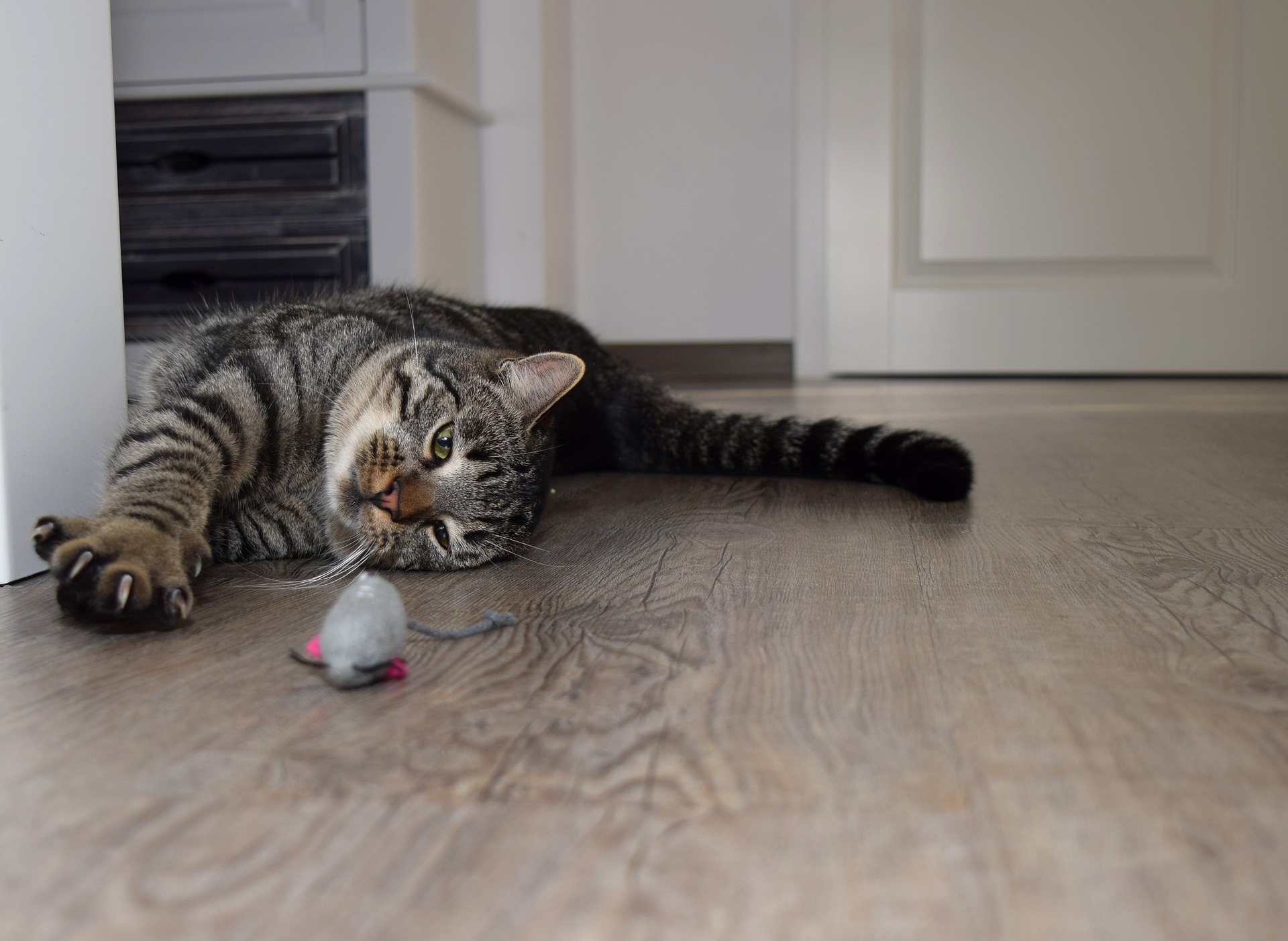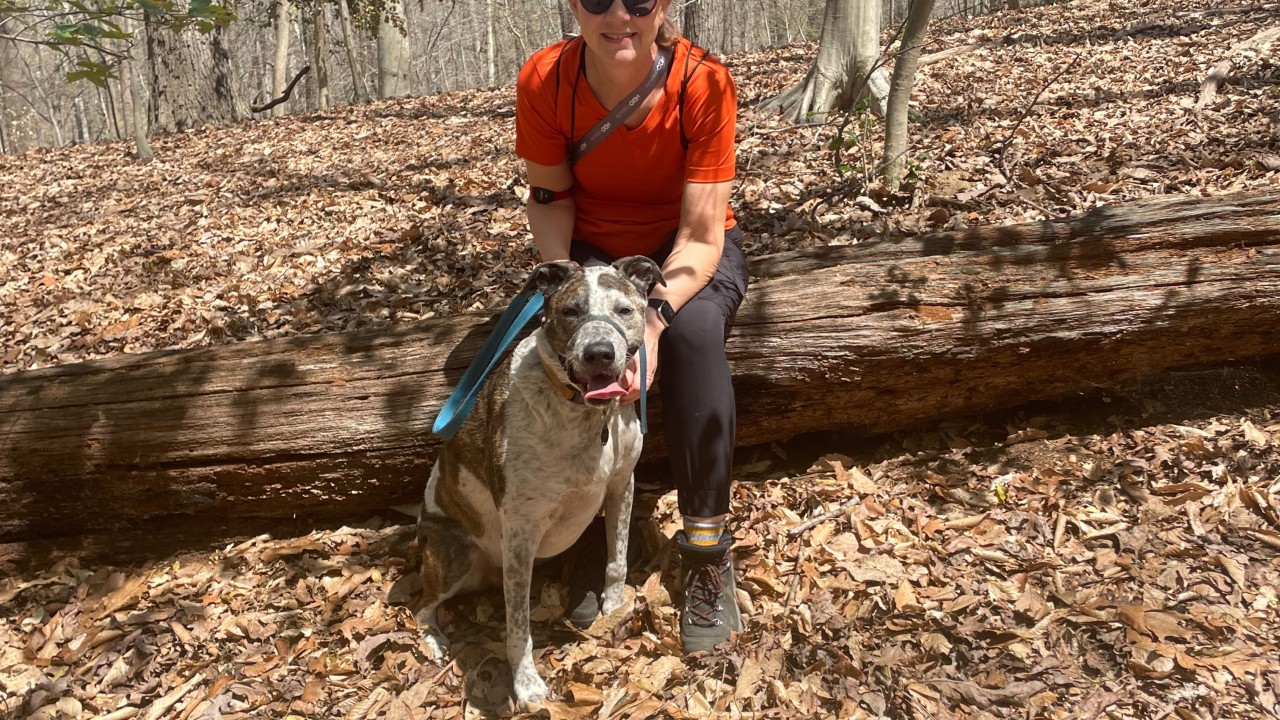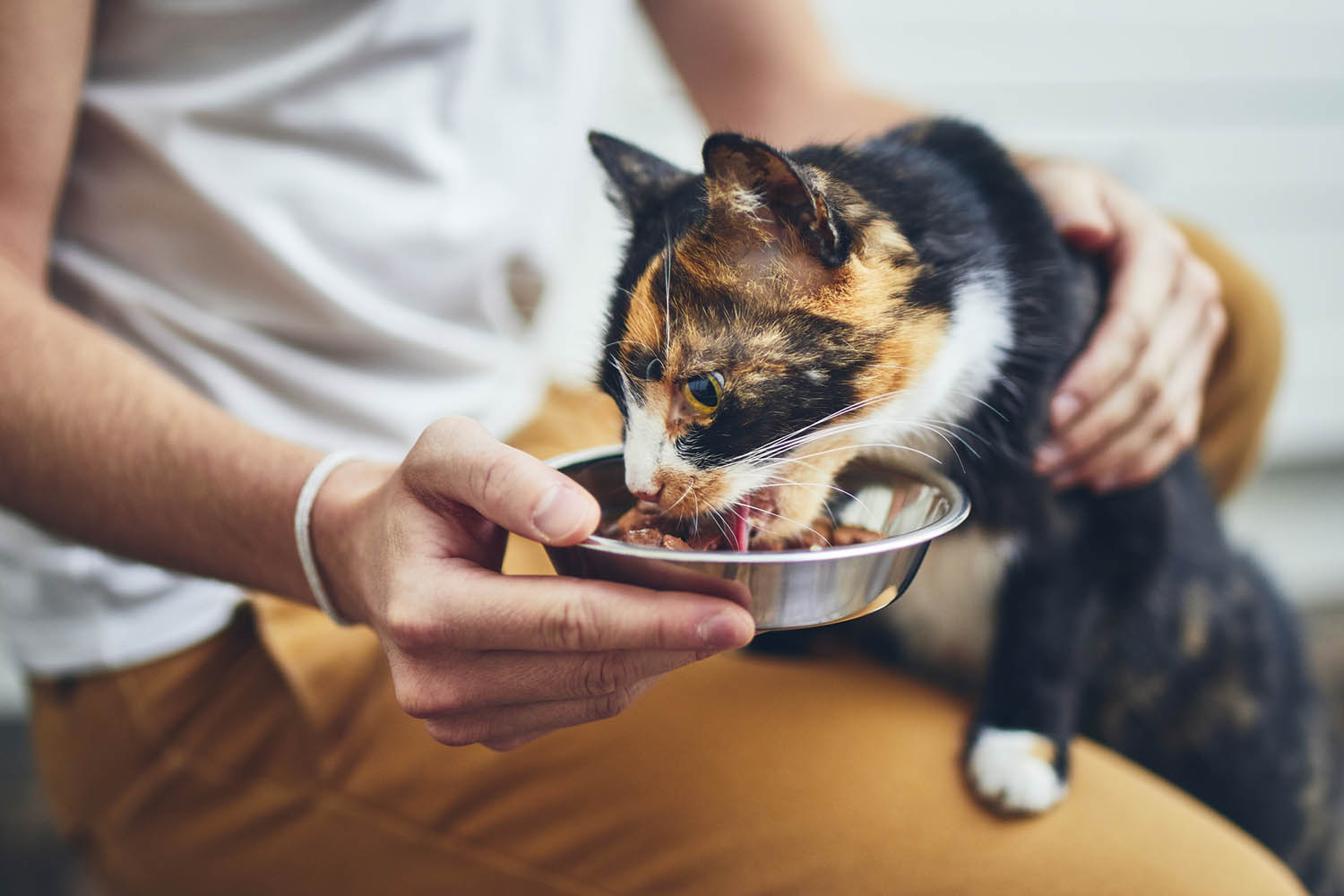Join the Pet Food Institute (PFI) as we continue our look at pet food, from A to Z. Click here to re-visit our previous post on dry pet food.
How exactly do the vitamins and minerals listed on a pet food label help our dogs and cats? PFI takes a deeper dive into Vitamin E, featured in our interactive infographic series Nutrition from Nose to Tail, and why pet food makers include this important nutrient in a recipe.
A Valuable Antioxidant
Vitamin E is identified as an essential nutrient for both dogs and cats and is provided in complete and balanced pet food. It is a fat-soluble vitamin, meaning that it is stored in the body’s fatty tissue and liver, and supports immune function and the ability of the body to form red blood cells. Significantly, Vitamin E is also a major antioxidant that supports pet health[1]. But what exactly do antioxidants do?
Antioxidants are molecules that counter “oxidation,” the process wherein a molecule loses an electron, resulting in the creation of what are called “free radicals.” While oxidation and the formation of free radicals are normal during metabolism, free radicals can cause damage to cell membranes and DNA. If free radicals are not controlled, a range of health issues may result, such as cardiovascular or inflammatory disease or cancer[2]. Antioxidants such as Vitamin E serve as a scavenger of free radicals by donating an electron and stabilizing the molecule, thus helping to prevent further oxidative damage to cells and ultimately support body systems such as the immune system.
On the Label
Vitamin E can be found in ingredients such as dark leafy greens and plant oil, but is often typically added in additional supplemental form to a pet food recipe to ensure complete nutrition. The vitamin can appear in many forms but is added in the form of “alpha-tocopherol” to pet food, which is identified as the most effective type of Vitamin E to support cell function and structure.
Signs of Deficiencies
Symptoms of a Vitamin E deficiency in dogs can include muscle weakness and reproductive failures in both males and females, and muscle weakness and loss of appetites in cats. Pet owners should always consult with a veterinarian if their pet exhibits these symptoms to assess the most appropriate mode of treatment. For more information about the ways that the nutrition in a complete and balanced diet supports pet health, visit PFI’s Nutrition from Nose to Tail.
[1] National Research Council. Nutrient Requirements of Dogs and Cats. The National Academies Press, 2006.



